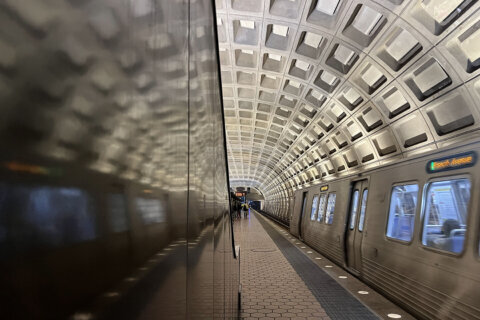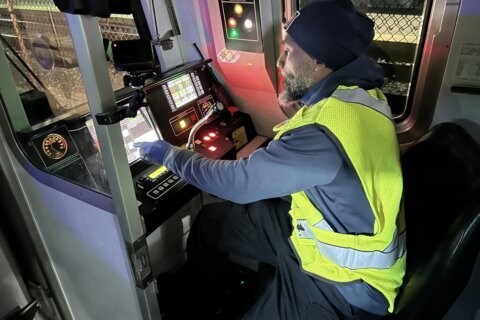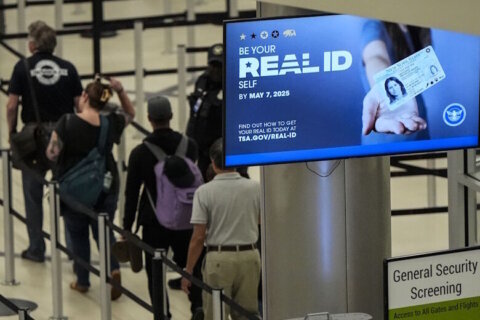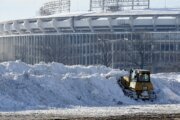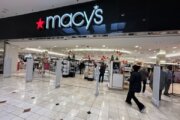WASHINGTON — Toll rates on the 95 and 495 express lanes have spiked in recent weeks with some tolls costing drivers as much as $30 to travel just 14 miles.
Transurban, the company that operates the lanes, said the spike has been particularly significant during the evening rush hours.
“Last couple weeks have been challenging, especially on 495 South, ” spokesman Mike McGurk said.
“We think it’s a combination of factors, really sort of a perfect storm out there on I-495 and I-95,” McGurk said. “We’re seeing increasing holiday traffic, we’re seeing a lot more activity around the Tysons area. … You got the Metro SafeTrack work going on. You also have just the seasonal changes. Folks are really commuting home almost entirely now in the dark; we’ve lost that daylight. So of course as you get into those darker hours, speeds typically slow throughout the corridor as well.”
During the past several weeks, the tolls have tended to rise more sharply than usual in the 7 a.m. and 5 p.m. hours. McGurk said just an hour earlier or later, tolls can be 33 percent to 60 percent lower because fewer cars are in the lanes.
A stretch of the 495 Express Lanes from Tysons Corner to Gallows Road is seeing heavier traffic.
McGurk said it was too soon to tell for sure whether the increase is tied to more people paying tolls to use the lanes or more people using the lanes as carpools. But a large majority of vehicles that have used the 495 Express Lanes since they opened in 2012 have been toll-payers.
Drivers with three or more people in the car, plus an E-ZPass Flex switched to HOV mode, travel free in the lanes. The handful of buses that use the lanes also travel free.
Toll prices rise as more cars join the lanes in order to ensure that traffic continues to flow. Toll prices do not directly reflect the amount of traffic in the regular lanes.
“We’ve never had demand this strong in the history of the 495 Express Lanes, so we’re seeing more drivers on those lanes choosing to use those lanes. But we still have to use that toll price to manage the demand and manage the congestion,” McGurk said.
In cases of crashes in the lanes, drivers who reach out to Transurban can obtain refunds on a case-by-case basis.
A different group of companies will design, build, operate and maintain the new toll lanes coming to Interstate 66 outside the Beltway by 2022.

